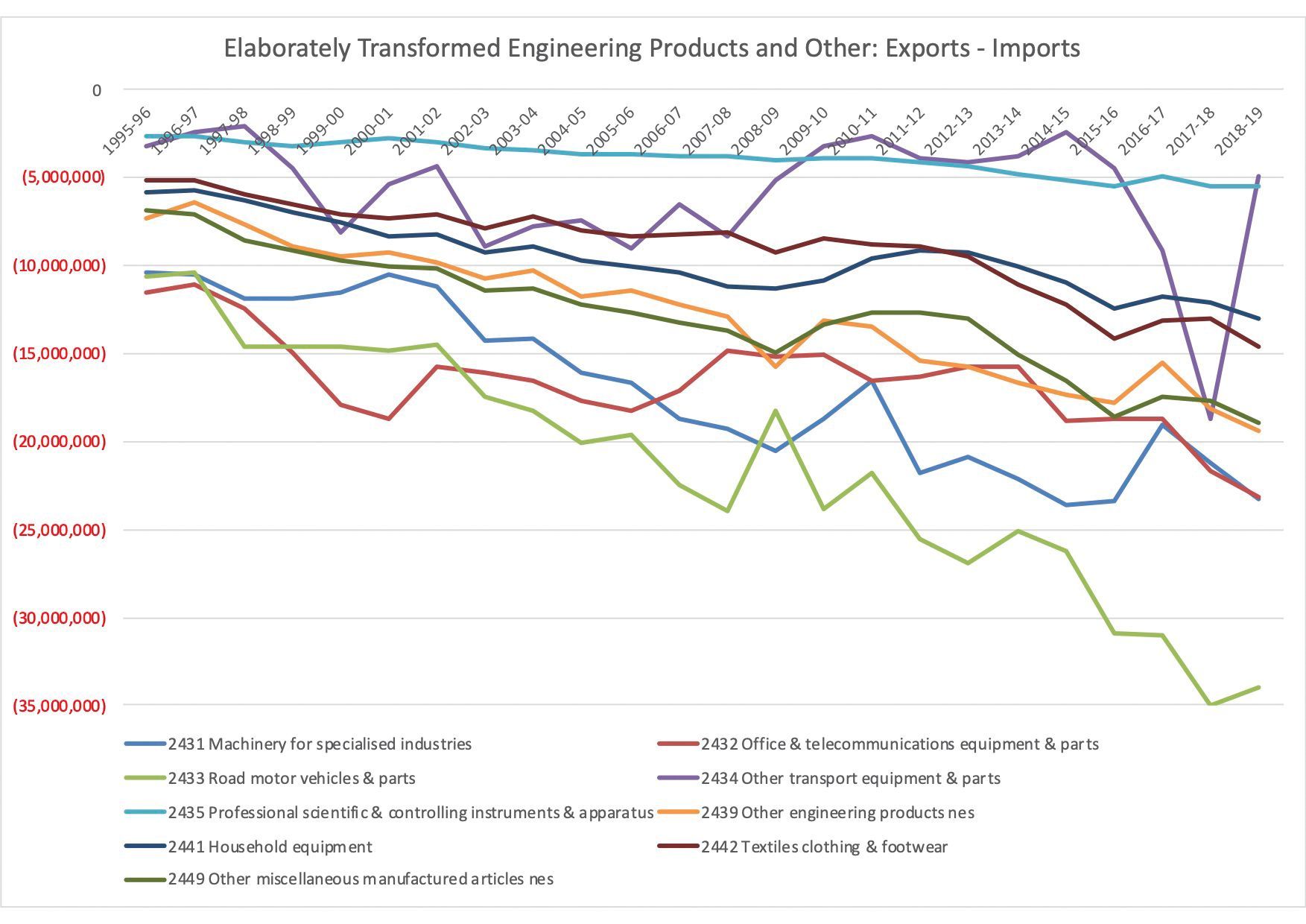Australia’s Future Is Not Its Past
If the past is another country, then the future of Australia’s economy after the COVID-19 crisis is a different universe, Roy Green argues.
The pandemic crisis has provided us with an opportunity to shape our country for years, possibly generations, to come. But are we able to grasp that opportunity?
It’s not as though our recent past has been an unalloyed success. While we can claim almost 30 years of continuous economic growth, this record has been marred of late by a productivity slowdown, wage stagnation and increasing social inequality. Moreover, we had to endure a decade-long debate over climate change in which evidence mattered less than ideology. We became bystanders to the existential impact of global warming, species destruction and environmental degradation, including the catastrophic bushfires of 2019–20, the record-breaking 2022 floods in Lismore and other towns all over the country, and coral bleaching on the Great Barrier Reef.
If there is a single factor linking the constituent parts of this experience, it is Australia’s overwhelming reliance on the export of unprocessed raw materials to drive growth and prosperity. However sophisticated the method of resource extraction, the truth is we are sustaining a first in engineering products (see graph).
Widening trade deficit in engineering products, 1995/96 to 2018/19
Despite much talk of the post-mining boom transition to a more diverse, knowledge-based economy, current examples of Australian manufacturers with a global presence are few and far between. The problem lies not in any lack of talent but in the absence of a coherent and effective national industrial strategy. The COVID-19 crisis exposed and accentuated this problem, but it also provides the opportunity for a fundamental redesign of our outdated industrial structure.
During the “hibernation” phase of the crisis, the Coalition Government did what it could, with Labor’s support, to retain jobs, strengthen the social safety net and ensure production of urgently required medical equipment. But in planning for the longer term, it referenced a bridge that must be constructed to a “better, stronger economy”, argued that Australia must “compete on value, not cost”, and proposed the prospect of industry support be “niche, targeted and purposeful”. In addition, as US economist Richard Baldwin noted, “governments will have to undertake detailed thinking on production networks not undertaken since the 1940s … The containment policies will need to be intelligently crafted. And the longer the containment policies last, the more important it will be for them to be intelligent, flexible and well-informed.”

All these comments made clear the major economic challenge we faced. And there is now every chance that, in meeting it, Australia may be able to achieve the political consensus that characterised the Hawke–Keating reforms of the 1980s and ’90s. If we are doubly fortunate, this consensus could even extend to genuine climate action, which has been so obviously lacking up to now. The following are some essential measures that might be considered by the incumbent federal government.
First, we must overcome the fragmentation and under-resourcing of institutional policymaking in Australia. We need a national industrial strategy commission or similar body comparable with those in other advanced economies. It could develop national priorities in consultation with industry sectors to grow industries of the future, based on new technologies and business models.
The initial task of this commission would be to undertake a “knowledge foresight” to identify areas of current and future competitive advantage for Australia, as well as gaps in domestic supply chains. Clearly, enhancing self-sufficiency is not incompatible with a commitment to a more complex globalised economy.
Second, a more systematic approach is required to deepen collaboration between industry and research organisations, possibly around the CSIRO’s designated “national missions”. This will require the government to reverse the decline in public funding of research and innovation, now far below the OECD average and still falling as a share of GDP. In addition, the national missions will require an implementation strategy at the enterprise level, or they will simply remain abstractions. This might take the form of industry-led innovation hubs – again a successful model elsewhere – which would benefit from shifting resources from the R&D tax incentive to more direct targeted programs.
Third, we should not overlook the contribution of entrepreneurial start-ups to economic renewal, including integration of the digital and physical dimensions of manufacturing, which is a key feature of Industry 4.0. Governments everywhere facilitate start-ups, and scaling up, through support for innovation precincts in cities and regions.
Fourth, the government can make a big difference for small and medium enterprises with public procurement policy. Too often we see local tenders overlooked in favour of large international companies on a narrow “value-for-money” basis, when these large companies themselves might owe their existence to another country’s procurement policy.
Finally, industrial transformation will depend on the adequacy of our workforce and management skills. This will require measures to compensate for the COVID-19 hit to international student revenues that cross-subsidise university domestic teaching and research, as well as the earlier damage to Australia’s vocational education and training system from market contestability.
The government’s “whatever-it-takes” intervention to safeguard people’s lives and livelihoods was clearly justified, but this entailed an unprecedented level of public debt. The history of wars and crises tells us that the only way to pay off such debt is to create a new economic growth engine. That new growth engine will be advanced manufacturing.
Emeritus Professor Roy Green is Special Innovation Advisor at the University of Technology Sydney. He is also Chair of the Advanced Robotics for Manufacturing Hub and of the Port of Newcastle.
More Transformations Articles



